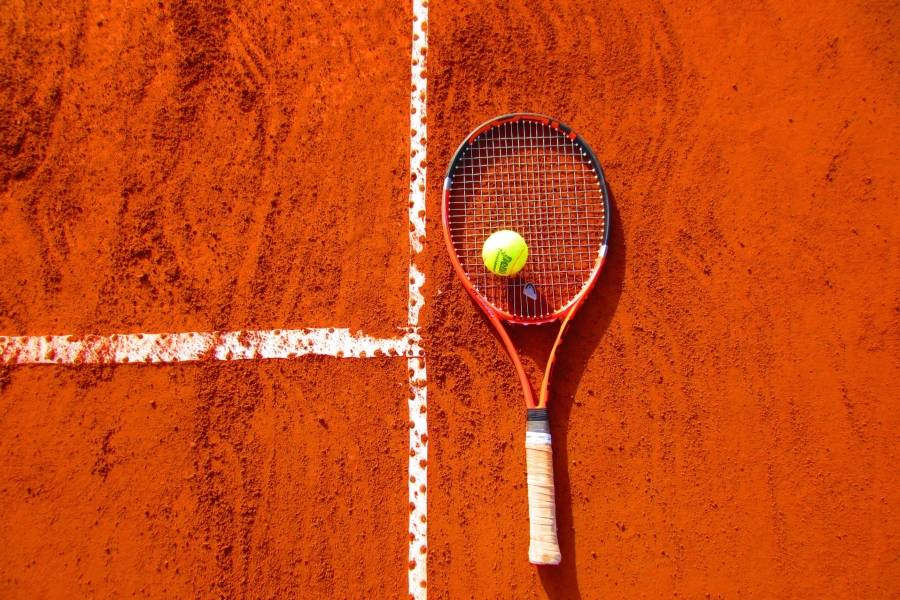If you are an avid sports player or gym goer it is important to look after your body and prevent injury.
Frequent strenuous exercise can be good for the body, whether you are aiming to increase your general fitness or build muscle, but unfortunately, injuries do occur.
When they do, they cause havoc and can create damage to your joints and ligaments.
Table of Contents
The importance of a good warm up and cool down
Many of us forget to warm up properly, and we’re often guilty of leaving the gym without a proper cool down. But by carrying out a proper warm up and cool down, we are preparing our bodies for exertion and able to push ourselves further in cardiovascular and resistance training activities.
Before exercising, warm up with a gentle jog (or similar cardiovascular activity) to get the heart pumping and the muscles warmed, and start with gentler exercises to ease the body in.
At the end of the exercise or sporting activity, it is vital to cool down, gently exercising or stretching for 5-10 minutes. This will alleviate muscle ache, strains and sprains leaving you refreshed for the next time you work out or play sports.
Read on to learn more about the most common sports injuries and how to treat them:
Tennis Elbow

What is tennis elbow? This is a condition most often picked up by racket sports players, where the tendons and muscles of the forearm and joint have undergone strenuous overuse.
Clinically known as ‘lateral epicondylitis’, tennis elbow symptoms include pain when gripping small objects, lifting or bending of the arm, and localised pain around the affected area.
The good news is that this condition is completely treatable, on the condition that you rest until the arm has healed. You must also stop doing the repetitive activity or sport that is causing the issue.
In treating tennis elbow, the best measures to take are self-treating the area with an ice compress or a bag of frozen vegetables for several times a day. This will help ease the pain. Paracetamol or anti-inflammatory medicines will also help reduce swelling and discomfort.
In severe or complex cases of tennis elbow, patients may require specialised physiotherapy to help with movement and pain. If this is unsuccessful the patient may need to consider surgery to repair the damaged tendon.
Groin Strain
Groin injuries occur when one of the adductor muscles in the leg is ruptured or strained causing swelling and intense pain.
This can be a very painful injury which can affect day to day activities and participation in sport and exercise.
The best way to treat this condition is rest and compression with ice packs. Then, seek medical advice for physiotherapy and rehabilitation.
Consider arranging an appointment with a sports masseuse who will be able to lessen tension and inflammation in the affected area.
Shin Splints

Shin splints are most common in runners, particularly as a result of switching running surfaces on hills to flat surfaces or making a sudden change to their running distance.
Overstretching, poor quality running shoes and over dominating one leg over the other when running can also contribute. This causes stress on the legs as the bones and tissues are strained and inflamed.
So, how to treat them?
The best advice is to stop the activity immediately or decrease training – apply ice to the affected area to reduced inflammation and rest.
Speak to your doctor or sports therapist for advice on exercises you can do at home to help the rehabilitation process.
Strengthen muscles and prevent injury
It is important to fully stretch before and after your workout to prevent strain, injury or tense muscles. Your body will thank you for preparing it for a hard workout and stretching out tight muscles after a session.
This is crucial to maintaining your training regime or to partake in frequent exercise.
Resistance bands can offer a support mechanism to help with stretching in addition to being used as a support aid.
These hard-wearing elastic bands can be used anywhere and easily transportable in a bag. You can source various sizes and strengths of elasticity to suit any body shape.
Promote active recovery with these simple tools – your physiotherapist will be able to recommend a programme of exercises to follow using the bands.

Founder of www.calisthenics-101.co.uk. Training calisthenics since 2012.
Currently working on: 30 second one-arm handstand, muscle-up 360, straddle planche.